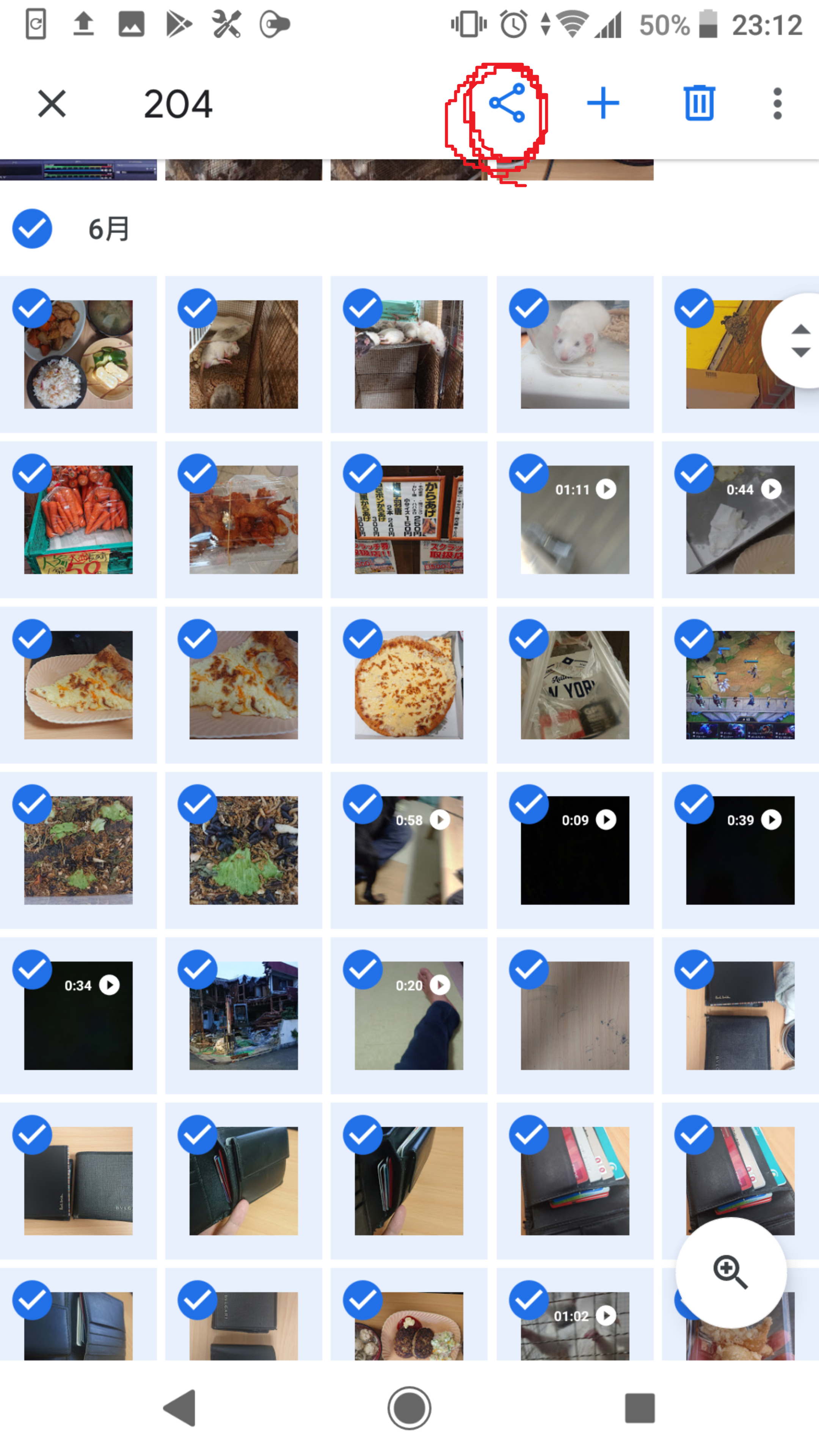

I shared my excitement with a friend who is about my age (old) and he let me know his new job introduced him to Obsidian. But easy enough to fix.įrom there, tell Obsidian to open a vault using that directory.įrom here it was trivial to sync with my Linux laptop via a private GitHub repo. It wasn't perfect any links to other notes still had a funky reference. I found a script that helped me export my Boostnote notes in bulk to Markdown files. Since Morgan mentioned Zettelkasten and Obsidian, I checked both out. the above then lead nicely to being able to use git, and by extension, GitHub.file format should be reasonably readable text, and not some proprietary format that only that app can use.I spent some time earlier this year pondering what I really wanted in a notetaking solution.
#Boostnote move to google drive code
Mostly good, although large chunks of code or output can get a bit tedious to scroll, even with a GitHub preview plugin displaying alongside in another pane. Meanwhile from a team perspective, we'd been using Markdown files using VSC and a shared private GitHub repo. Pretty decent, but had a weirdly limited width which just put me off. Decent, but arguably too many formatting options. One of the earliest I can solidly remember is VoodooPad Pro. I've used various and sundry over the years. That video from Morgan (the PhD student) is the one that sent me down the correct path. I'm not affiliated with or promoting any of those youtubers, they're just vids I saw recently that gave me a little more insight into how I could start tackling Obsidian. You'll still have access to it if you ditch Obsidian, and could spin up a blog with Hugo for it if you wanted to do that instead. Obsidian gets a big thumbs up for using the actual files on your filesystem - everything's in markdown, sitting in your OneDrive folder (or wherever), backed up and safe. Let the structure come later, relay on the search functionality, and if a system isn't working for you than try a different one, but keep your library of notes intact. It's way less relevant to develop a tag system, folder hierarchy, structure, etc, than it is to just write your thought/comment/script/code snippet down, and save it. I think it has a lot of potential, but the main thing with any of these systems (OneNote, Obsidian, Hudu, etc) is a critical mass of information you found useful written in a way that makes sense to you. Obsidian's been on my radar for a year or two, and I just started digging into it for the second time yesterday again. Those are some sample workflows that may be helpful, but they don't really deal with documentation from a sysadmin perspective. Wendel from Level1 also had a video about it, and a forum discussion.

I think their "Transcribing Fleeting Notes" chapter in the video talks addresses your question about the "page describing what SQL is." question on structure. This one is similar, taking notes on a book, but it outlines their flow of ingesting and digesting information and recording it in a set of short, linked notes in Obsidian. This video I watched recently dug into that specific methodology, and broke it out while taking notes on a blog post. A lot of Obsidian users tend towards the Zettelkasten method, though that of course isn't a requirement.


 0 kommentar(er)
0 kommentar(er)
